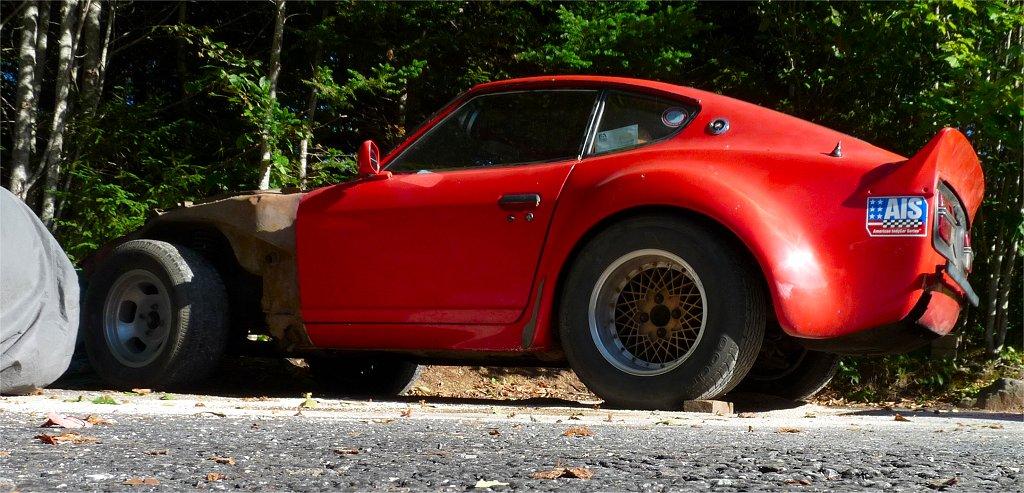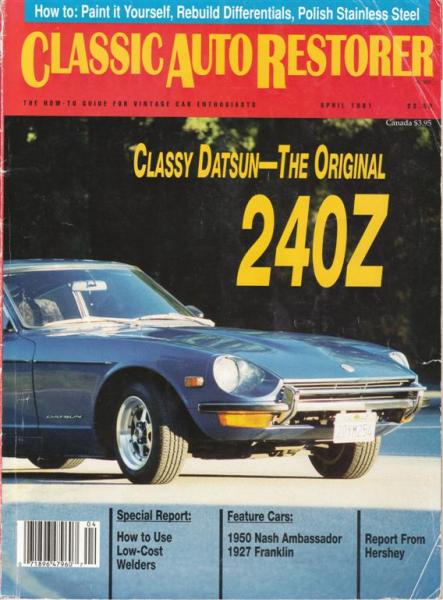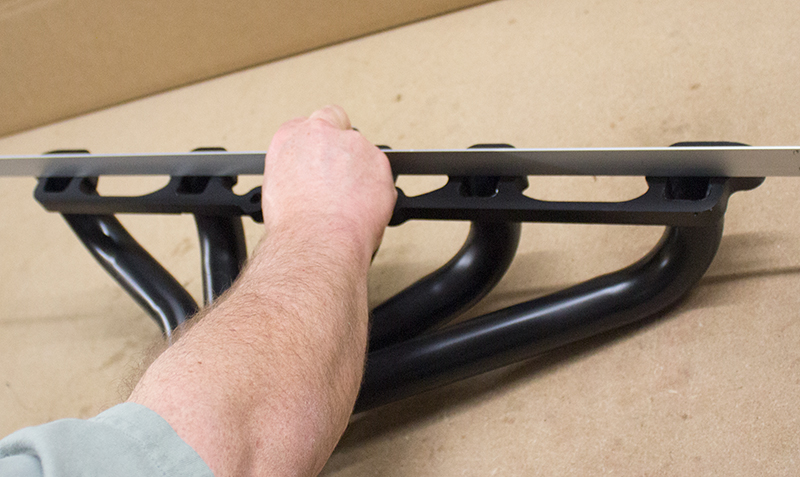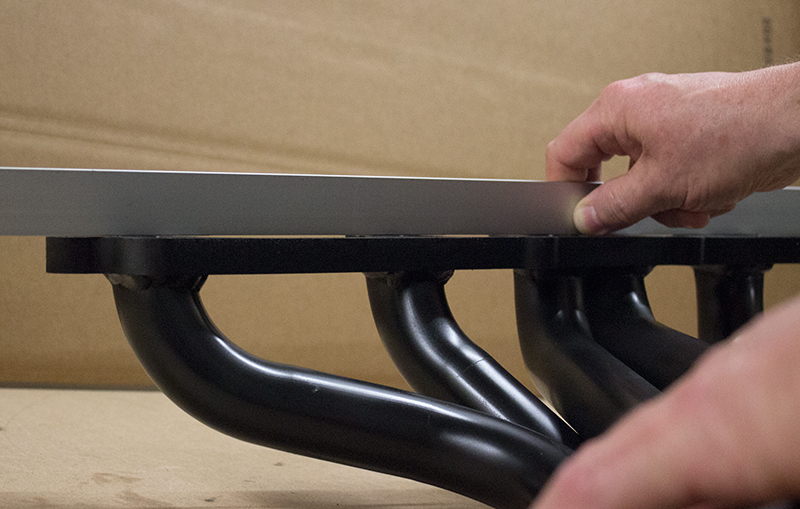Our apologies for the slow response. James is off this week on a well-earned vacation, and I’m detached as usual, off trying to build and fix computer systems and such (which is why James is normally your first point of contact). Sorry about that.
Certainly, if what you said is accurately what our representative told you, that was completely incorrect, and we apologize for that response. You have every right to be upset. We will review with that individual specifically what needs to be corrected. If a Header is out of tolerance, we will always do everything we can to help fix the situation. Since you mentioned mileage, the only place mileage comes into play is that the Header must be re-torqued at 200 miles, and that must be done while HOT.
If you followed correct installation procedures on your Header, and the tolerance when measured is greater than 1/8 inch, we hope you give us an opportunity to rectify the situation. Just let us know. Even if something wasn’t done exactly as listed below in the installation, we still want to work with you to take care of it. Just reply here and I'll see it (had to edit this post as our Sales Manager will be on a project out of the office and didn't want you to call and him not be here for you. But I'm always here (lol)). You can also call me if you prefer at (800)633-6331. James will be back next week as well.
I’m also going to look at a few more headers tomorrow just to confirm I don’t see any inconsistencies, but wanted to reach out to you without further delay. (Wednesday Update: Didn't find anything out of tolerance in what we currently have, so if there is a tolerance issue with yours, hopefully it was isolated)
Joseph. The information which follows is written to all forum readers:
When Header flanges are welded up, there is always going to be a degree of variance (flex) in the flange. This would only be avoidable by leaving each unit in the jig for 24 hours, which would likely double the cost of the Header. The tolerance that is acceptable, when measured with a straight edge from the center of the flange outward on either end (NOT held at one end and measured at the other), is 1/8 inch. See the attached images we took of a Header we had in stock with the proper use of the straight edge. If anybody reading this has a Motorsport Auto Header that is beyond this 1/8 inch tolerance, please contact us. Within that 1/8 inch tolerance, the proper torquing by pattern will rectify the flange variance with 100% certainty. The torque pattern is always from the center to the edges, in proper steps. When the Header is at 1/8 inch or lower tolerance, and the Header is torqued in this way, and then re-torqued after 200 miles when HOT, you should never have a leaking issue. Our flanges were redesigned over a decade ago and made significantly thicker (to the same height as the intake manifold), so the “shared” stud positions (those which utilize spacers) line up equally for proper torque on both the Header and the Intake Manifold. In addition, the thicker flange better resists flex while welding, as well as the effects of old studs and nuts, or improper installation/torquing procedures.
Now most of you on this forum know the proper installation procedures for a Header, so please don’t be insulted that we are adding a basic version here for reference. Many will read this post just from a search engine link, so it needs to be included.
1. The Cylinder head must first be completely cleaned of all gasket or other materials.
2. The Cylinder head must then be checked to make sure it is straight. If it is not, two gaskets, and possibly sealant, will be necessary.
3. The Header flange should be confirmed to be in tolerance (this should always be the case, as they are checked at the manufacturer, but unfortunately odd things can happen during shipping).
4. The condition of all studs and nuts should be checked. We recommend replacing current studs and nuts with new ones, as older studs and nuts are much more likely to lose torque over time, resulting in leaks.
5. The included Header Gasket should be checked for shipping damage, and then installed on the studs.
6. The intake manifold and Header should be installed, with spacers where needed, and the nuts finger tightened.
7. Starting from the center bolt and working outward, while alternating in both directions, the nuts should be slowly tightened, in multiple torque steps, until all are at torque specifications for your Z.
8. When all else is back together, including your exhaust system, start the vehicle and check for any issues.
9. After driving the vehicle for 200 miles, re-torque the Header, following the same pattern, while the engine is still HOT.
10. It is a good idea to re-torque these, and all bolts on your Z’s engine, periodically.
The only time we may recommend two gaskets is if there are inconsistencies in the Cylinder Head, or if because of improper installation or torquing and re-torquing the Header flange is beyond the 1/8 inch tolerance. The two gasket solution is industry standard for those situations. If the header arrived to you beyond tolerance, we won’t ask you to “fix it” by using two gaskets. Also, since it was mentioned in the post, we recommend against “resurfacing” of any header flange, since then you would have variances in the thickness along the flange, which not only can affect spacer torque, but can itself end up causing leaks after high temperature metal flex.
 Vendor
Vendor 2Points105Posts
2Points105Posts
















